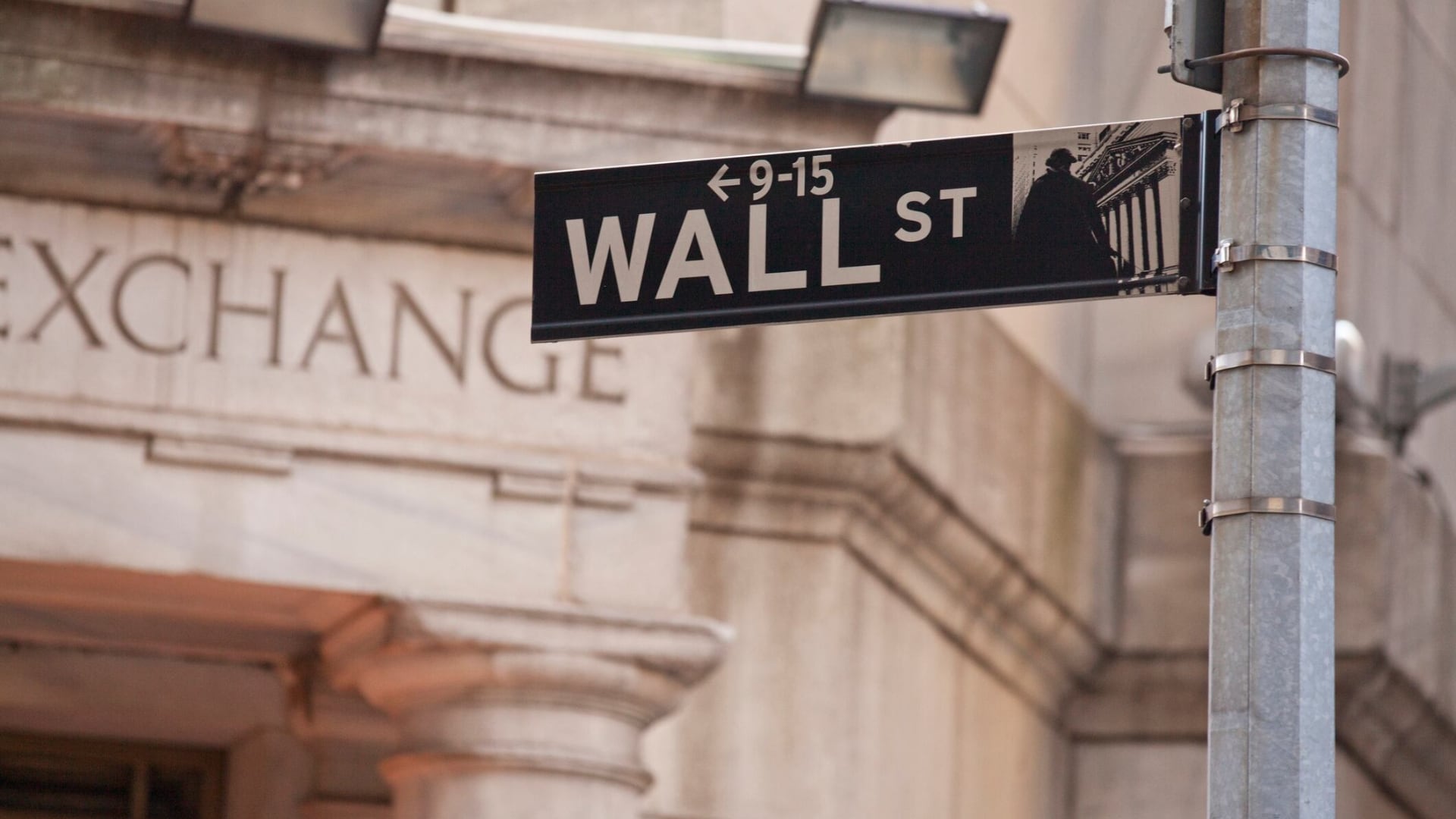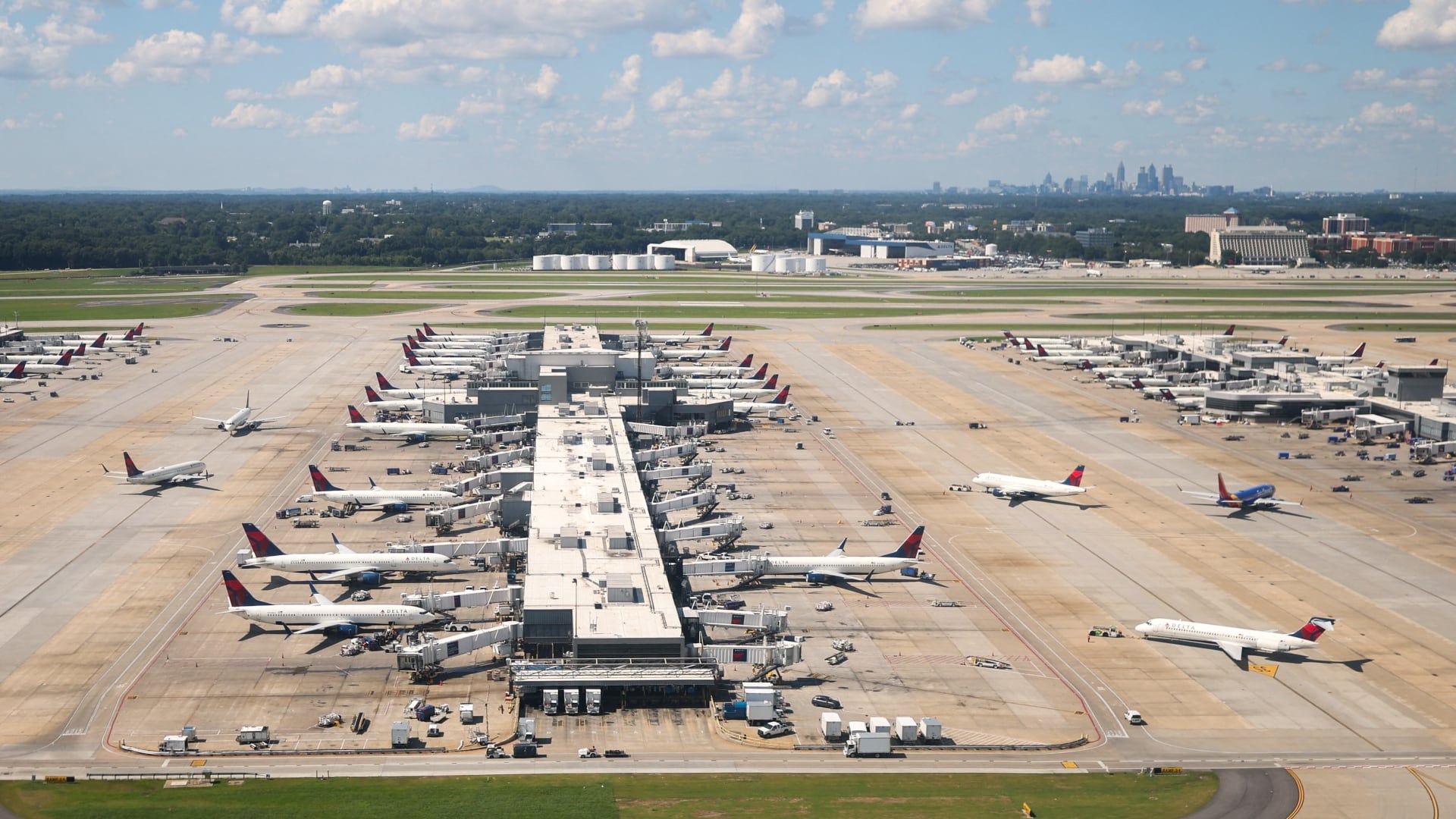By Stan Choe
Wall Street closed out a strong January with more gains on Tuesday, ahead of what many investors hope will be one of the Federal Reserve’s last hikes to interest rates for a while.
Markets got a boost after a report showed that that growth for workers’ pay and benefits slowed during the end of 2022. While that’s frustrating for people trying to keep up with soaring prices, markets see it as an encouraging sign of easing pressure on inflation and possibly a gentler Fed in the months ahead.
The S&P 500 rose 58.83 points, or 1.5%, to 4,076.60. The benchmark index notched its third winning month in the last four. The Dow Jones Industrial Average rose 368.95 points, or 1.1%, to 34,086.04. The Nasdaq rose 190.74 points, or 1.7%, to 11,584.55.
With the pace of inflation cooling since the summer, virtually all of Wall Street expects the Fed on Wednesday to announce its smallest increase to interest rates since March, at 0.25 percentage points. That would be the latest stepdown after it pushed through four straight increases of 0.75 points and then a hike of 0.50 points.
Such moves try to stamp out inflation by intentionally slowing the economy and dragging down on prices for stocks and other investments. The worry is that too-high rates would cause a severe recession and drop-off in corporate profits.
Such worries, combined with hopes for an easier Fed, have led to sharp swings in markets recently. They’ve hit not only day-to-day but also hour-to-hour. Analysts say much of this past month’s gains has been more about improving sentiment among investors than any big improvement in the economy or profits.
“As long as the Fed is raising interest rates, you will have market volatility,” said Mary Ann Bartels, chief investment strategist at Sanctuary Wealth.
“This is a market that is very bipolar,” she said. “And that’s actually healthy for a market. You don’t want one skewed too bullish,” or optimistic, and “you don’t want one skewed too bearish," or pessimistic. “I think we’re balancing out that extreme bearishness in the market.”
She sees stocks continuing to grind higher through the year, led in particular by energy and industrial companies, though that may get hidden when simply looking at market indexes like the S&P 500 because those stocks are relatively small pieces of the market.
With seemingly everyone on the same page about what the Fed will do on Wednesday, the big question is what comes afterwards. The Fed has so far pledged to keep rates higher for longer to ensure inflation is truly defeated. Markets, meanwhile, are holding out hope that just one more small increase may be on the way in March and that cuts to rates could follow late in the year.
Other reports on the economy Tuesday came in lower than expected, which could give the Fed leeway to be less harsh on rates. A measure of confidence among consumers weakened in January, when economists were expecting it to stay flat. And a measure of business activity in the Midwest showed more weakness than expected for January.
Treasury yields fell immediately after the release of the report on employment costs, before paring their drops. The yield on the 10-year Treasury, which helps set rates for mortgages and other loans, slipped to 3.50% from 3.54% late Monday. The two-year yield, which moves more on expectations for the Fed, dipped to 4.20% from 4.24%.
Earnings reporting season is also in top gear, with McDonald’s and other big companies headlining the day. They offered a mixed picture, much as reports have so far this reporting season.
McDonald’s fell 1.3% despite reporting stronger profit and revenue than analysts expected. What may have disappointed Wall Street was McDonald’s forecast for upcoming profit margins. They could imply inflation and cost pressures may be continuing to squeeze the company.
Caterpillar dropped 3.5% after it reported weaker profit than expected but stronger revenue.
On the winning side was General Motors, which revved up by 8.3% after reporting stronger profit and revenue than expected.
Stock markets in Asia closed mostly lower and European markets ended mixed.
___
AP Business Writers Yuri Kageyama and Matt Ott contributed.












